
The other day, I wrote about how Business Analytics can help create innovative businesses. For some reason, the topic kept hovering in my mind and I pulled out an interesting six-year study conducted by INSEAD professor Hal Gregersen, Jeffrey Dyer of Brigham Young University and Clayton Christensen of Harvard. It is called ‘The Innovator’s DNA’. The authors of the study found that creative and innovative people tend to have five key characteristics. When looking at these characteristics, it seems that Business Analytics can indeed have a very positive impact on each one of these. Let’s take a look:
- Associating: Creative people are able to connect seemingly unrelated pieces of information. Military camouflage, for example, stems from ideas created by Cubist artists. Business Analytics allows us to analyze data from various different angles. We can compare different aspects of our business, observe trends and create what-if scenarios. Analytics can therefore help us make new associations between different data sets.
- Observing: Creative entrepreneurs tend to be keen observers. They have a high level of awareness. Business Analytics can help us raise our own level of awareness: we have the ability to stay closely connected with our business. We can observe trends in great detail. We can obtain information without too much difficulties. We find new trends.
- Experimenting: No big surprise – innovators are good at experimenting. They try out different things. They fail, they succeed. Business Analytics allows us to try out different things. We can ask what-if questions? We can test assumptions. What would be the impact to costs, if I hired new managers in location A instead of location B? What if we shifted production from one plant to another?
- Networking: Innovators seek interaction with diverse people to further their thinking. They try to discuss problems with different people outside their normal teams. Business Analytics allows us to connect with people across our organization. Using collaboration features we can share insights, seek input and observe what other people are thinking.
- Questioning: This is a core skill. Creative minds ask lot’s of questions. They don’t just assume. They explore. Business Analytics helps us ask a lot of questions: How are we doing? Why is that so? What should we be doing? What if we increased our travel budget.
LET’S FOSTER CREATIVITY AND INNOVATION
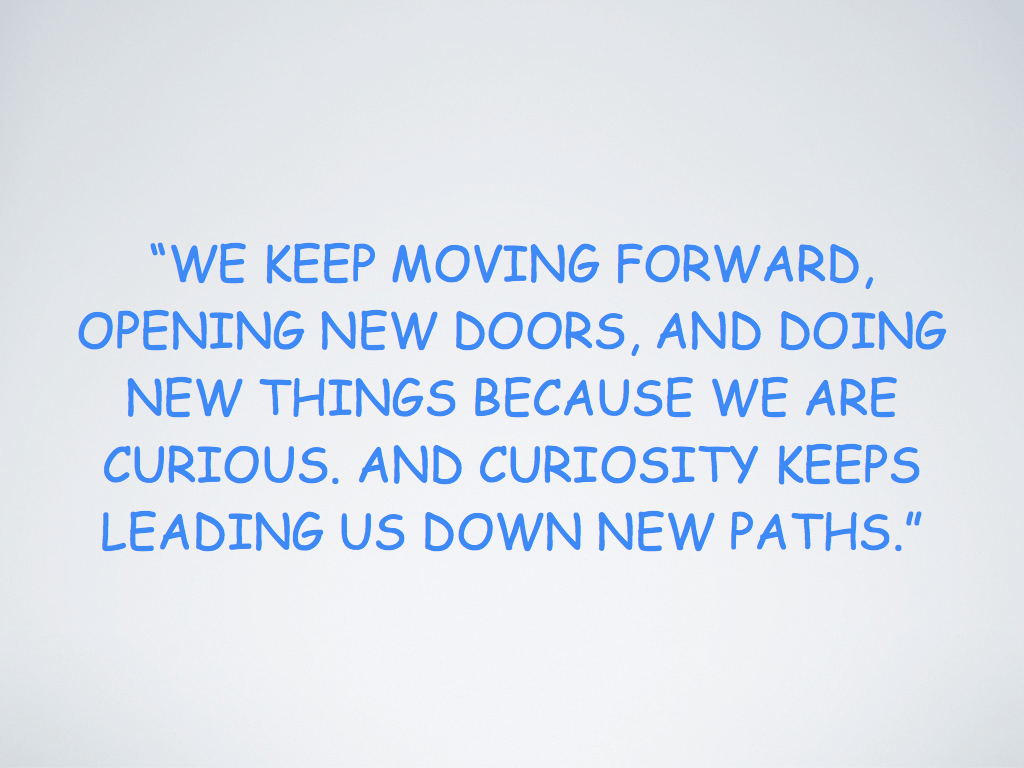
Don’t get me wrong. Business Analytics is not going to turn all of us into creative powerhouses. Although, it could and should….But if anything, it lowers the barrier towards creative thinking. The worst thing we can do today is to just sit there and work with the same type of information over and over again. It gets worse when people are afraid to look beyond the normal standardized paper reports. A classic case of tunnel vision frequently occurs.
INNOVATION IS THE DRIVER
There is a lot of opportunity in the markets today. Actually, much more opportunity than ever before. But global competition forces us to find new and better ways. But to stay competitive and to leverage these opportunities we all need to foster innovation and creativity.
If used right, Business Analytics will make a serious contribution towards success. Try pushing yourself and your users. Also, start considering the above mentioned points in our business case. We sometimes focus on the hard facts such as cost savings. But creativity and innovation can lead to something much bigger. Once again, think about the successful companies out there!


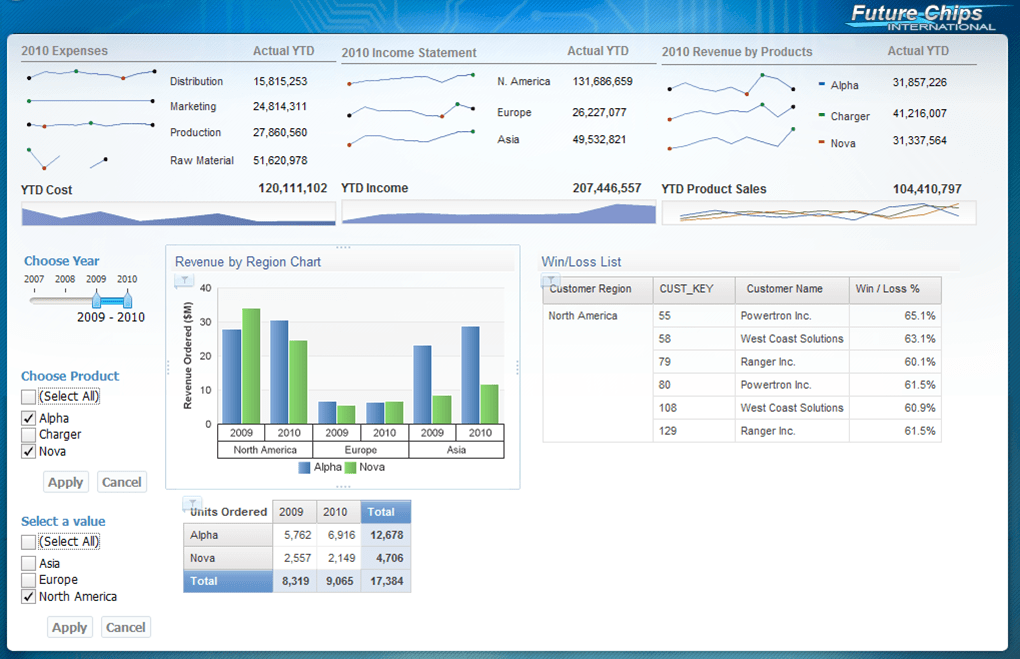



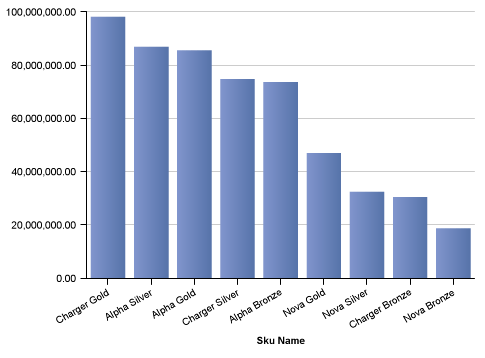
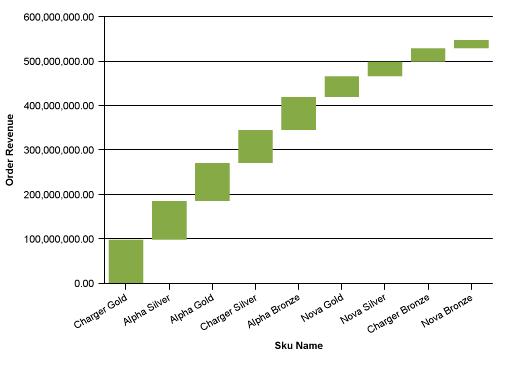
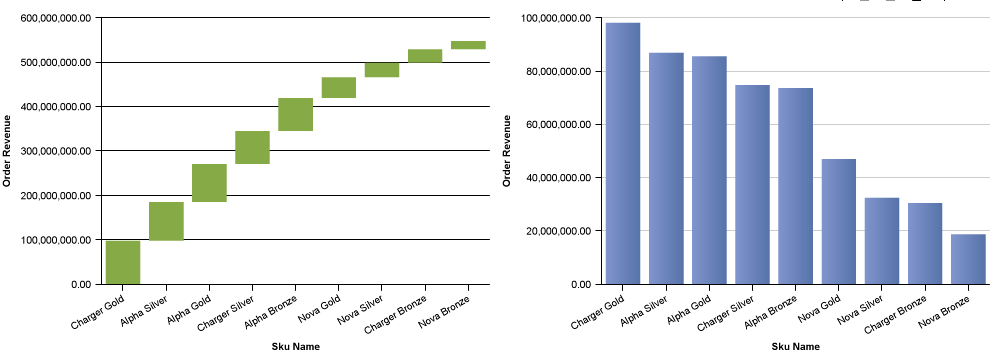
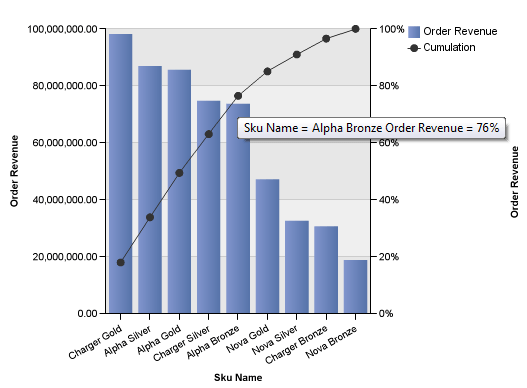

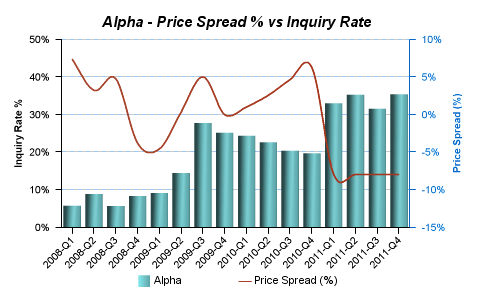
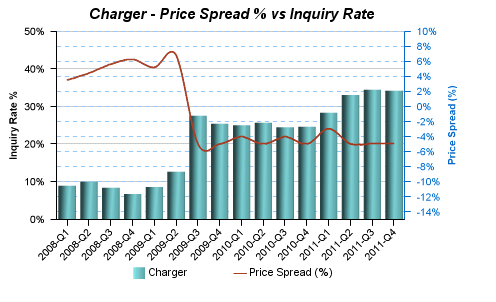
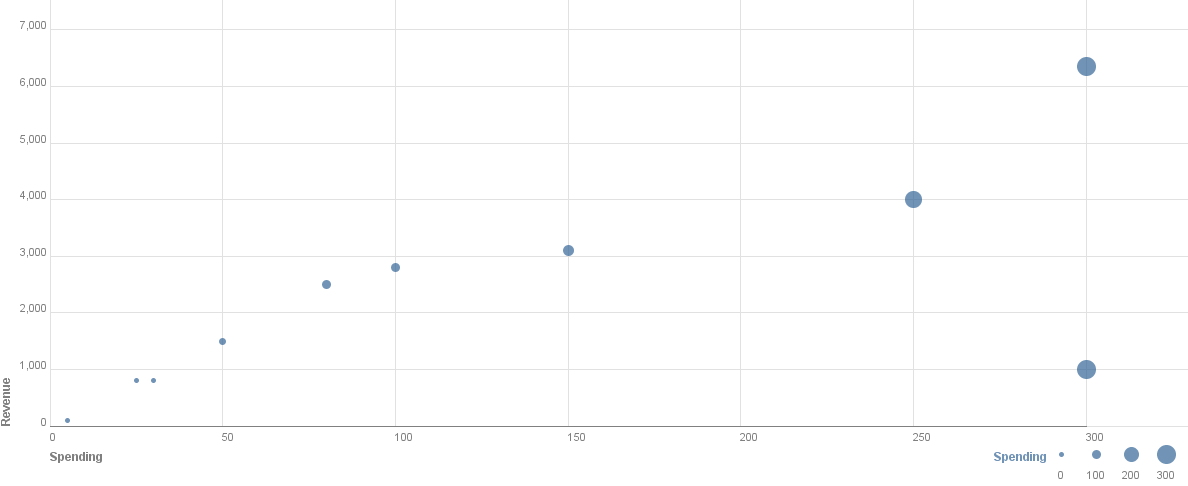
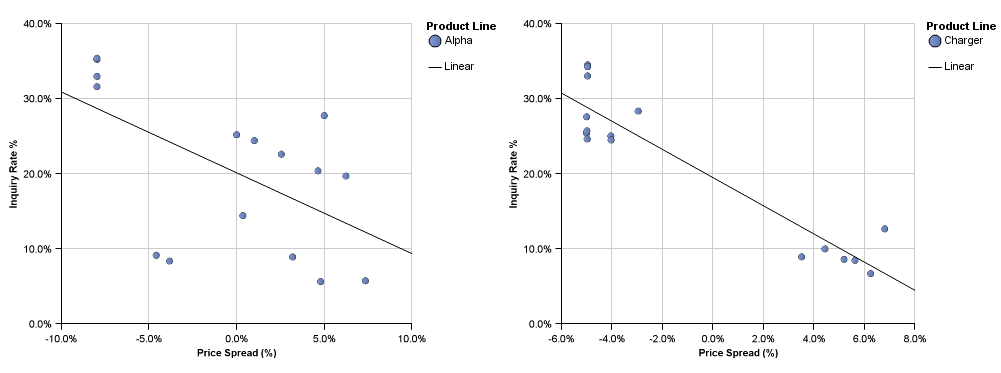








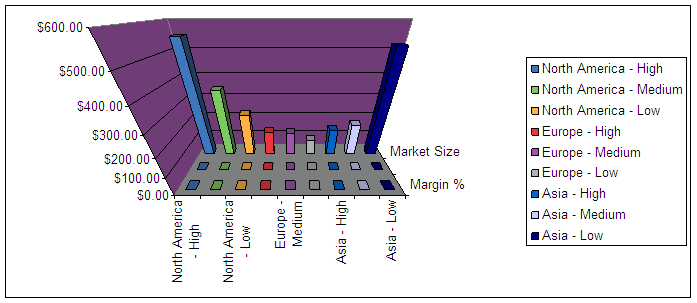

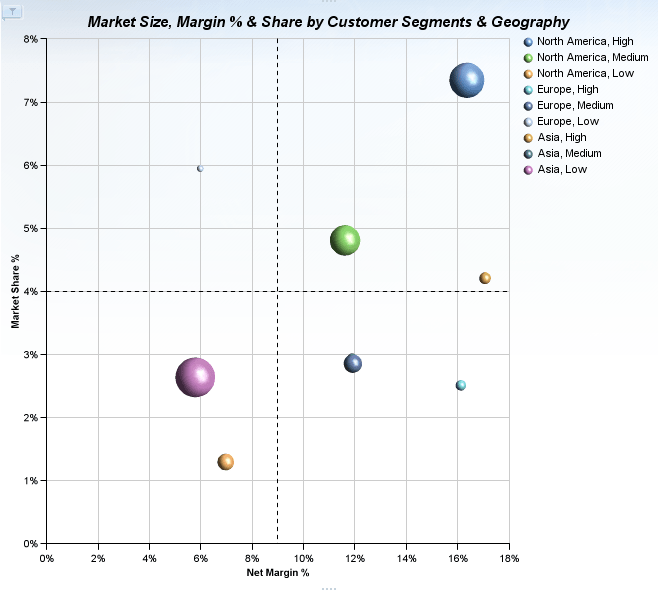
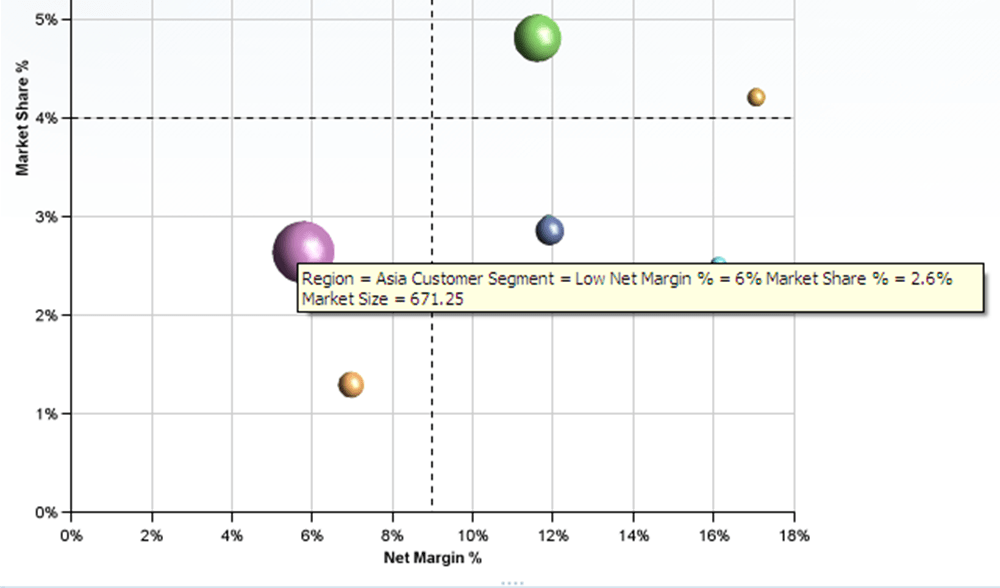

 This blog post is not intended to be a book review, although I do highly recommend this quick and insightful read. But there is an interesting aspect that Cowen mentions: productivity gains are slowing down. We have already grabbed the ‘low-hanging fruit’ by exploiting machinery for example. This got me thinking: What about all the great technology that we have implemented in the past 20 years? Could it really be that we are not experiencing substantial productivity gains by using this technology in a smart way? The statistics apparently say no (Cowen points out that the productivity surge in the US from 2009-2010 was mostly driven by a substantial reduction in headcount). And what about Business Analytics? Shouldn’t that help us be more productive and to drive profitability?
This blog post is not intended to be a book review, although I do highly recommend this quick and insightful read. But there is an interesting aspect that Cowen mentions: productivity gains are slowing down. We have already grabbed the ‘low-hanging fruit’ by exploiting machinery for example. This got me thinking: What about all the great technology that we have implemented in the past 20 years? Could it really be that we are not experiencing substantial productivity gains by using this technology in a smart way? The statistics apparently say no (Cowen points out that the productivity surge in the US from 2009-2010 was mostly driven by a substantial reduction in headcount). And what about Business Analytics? Shouldn’t that help us be more productive and to drive profitability? To answer that question let’s take a look at a very simple example: the office of finance. A few weeks ago, I posted the results from
To answer that question let’s take a look at a very simple example: the office of finance. A few weeks ago, I posted the results from